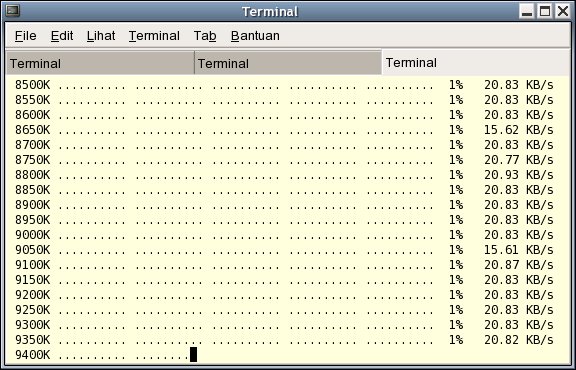Announcing Slackware Linux 10.2!
The second Slackware release of 2005, Slackware Linux 10.2 continues
the long Slackware tradition of simplicity, stability, and security.
Among the many program updates and distribution enhancements, you’ll
find two of the most advanced desktop environments available today:
Xfce 4.2.2, a fast and lightweight but visually appealing and easy
to use desktop environment, and KDE 3.4.2, the latest version of the
award-winning K Desktop Environment.
Slackware uses the 2.4.31 kernel bringing you advanced performance
features such as the ReiserFS journaling filesystem, SCSI and ATA RAID
volume support, SATA support, and kernel support for X DRI (the Direct
Rendering Interface) that brings high-speed hardware accelerated 3D
graphics to Linux. Additional kernels allow installing Slackware
using any of the journaling filesystems available for Linux, including
ext3, ReiserFS, IBM’s JFS, and SGI’s XFS. For those Slackware users
who are anxious to try the new 2.6.x kernel series, it is fully
supported by the system. A precompiled Linux 2.6.13 kernel, modules,
and source code are provided (along with complete instructions on how
to install the new kernel). A bootable 2.6.13 kernel (“test26.s”)
with support for most SCSI, RAID, and SATA controllers is integrated
into the installer.

lagi download file iso disk1
From the beginning, Slackware has offered a stable and secure Linux
distribution for UNIX veterans as well as an easy-to-use system for
beginners. Slackware includes everything you’ll need to run a
powerful server or workstation. Each Slackware package follows the
setup and installation instructions from its author(s) as closely as
possible, offering you the most stable and easily expandable setup.
